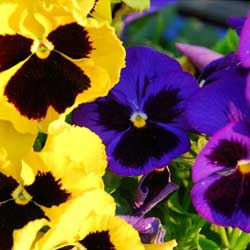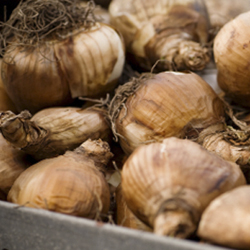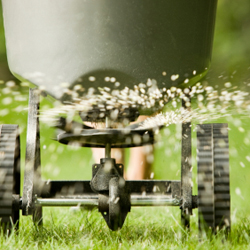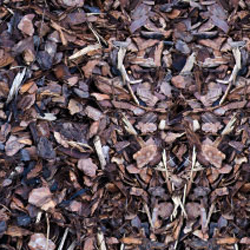Feeding and observing wild birds is a hobby enjoyed by millions of people. A commonly asked question is whether providing food will keep wild birds from migrating at the proper time of year and if feeding birds at certain times of the year may not be such a wise practice. Not to worry; birds migrate based upon a complex set of day length and weather cues and not based upon food sources. Feel free to enjoy this relaxing and interesting hobby all year round. The best times to observe birds at your feeders are typically in the morning and again in the late afternoon or early evening. A supplemental food source (the food from your feeders) is most beneficial to wild birds in winter months when the ground is snow covered for extended periods and in late winter/early spring before insects and plant seeds are abundant. Parent birds with hungry young to feed will also visit feeders in the spring. Providing a water source is also a great way to bring wild birds to your yard. A birdbath or any shallow vessel that birds can drink from and bathe in will be used extensively, even in the winter months if a heat source is used to keep the water free of ice.
If you have only a single feeder in your yard, the best food to offer is black oil sunflower seed as this attracts the most different types of birds. When using multiple feeders, try placing them at different heights and using different foods in each feeder to attract an even greater variety of bird species. Thistle seed will bring finches of all types, but if you want to attract goldfinches specifically try an “upside down” thistle feeder. Goldfinches are the only birds that can hang upside down on the perches and make use of these feeders. A few suet cakes placed in the cage type holders and hanging in a tree will be attractive to woodpeckers, flickers, chickadees and nuthatches. The larger and tougher black striped sunflower seed will bring cardinals and blue jays to feeders. Ground feeding birds such as doves and juncos will help to clean up seed that is spilled from feeders at higher levels, but it is a good idea to rake the area underneath your feeders on a regular basis to remove any food that may become moldy and to lessen the possibility of disease transmission between birds. Your feeders should also be cleaned periodically for the same reasons. There is an endless variety of styles and sizes of bird feeders to purchase or you can have fun building one of your own. A simply constructed platform feeder filled with seed offerings will bring birds within your viewing area and provide you with countless hours of enjoyment.







